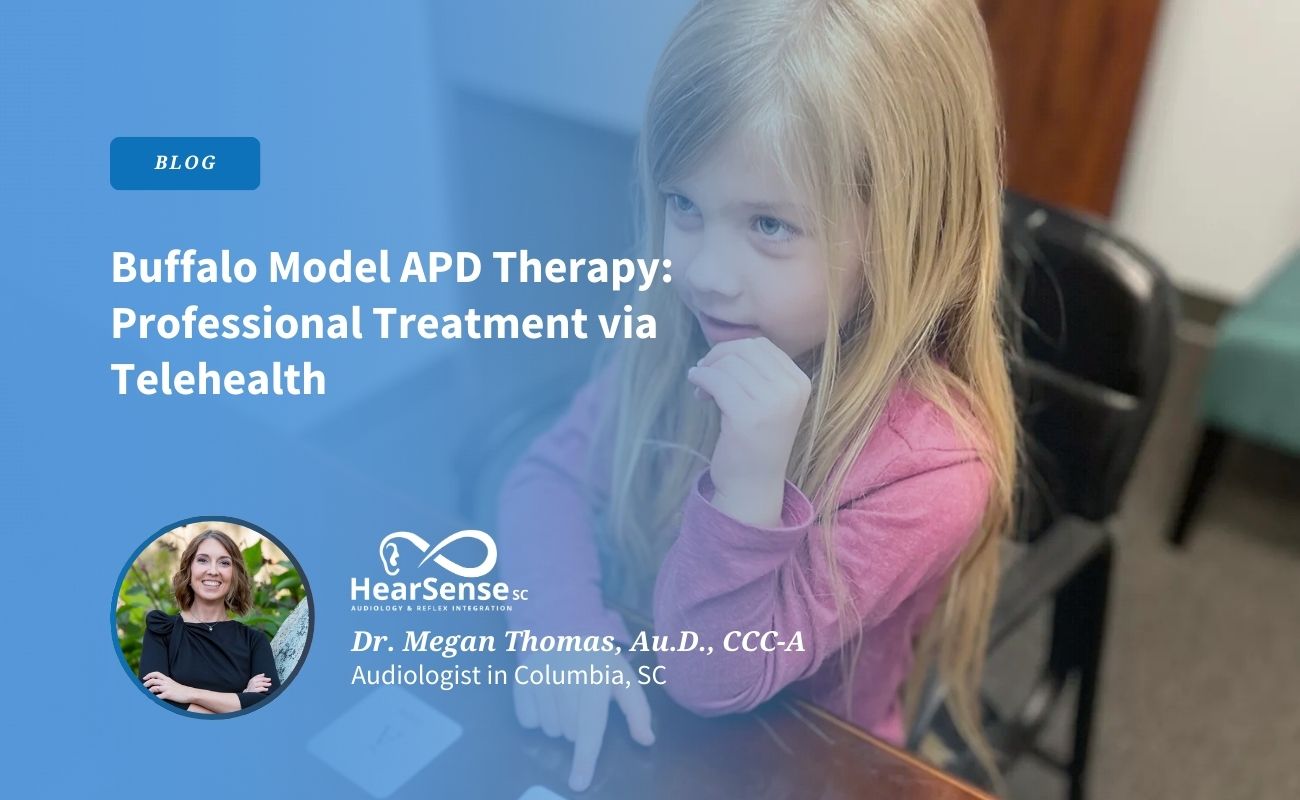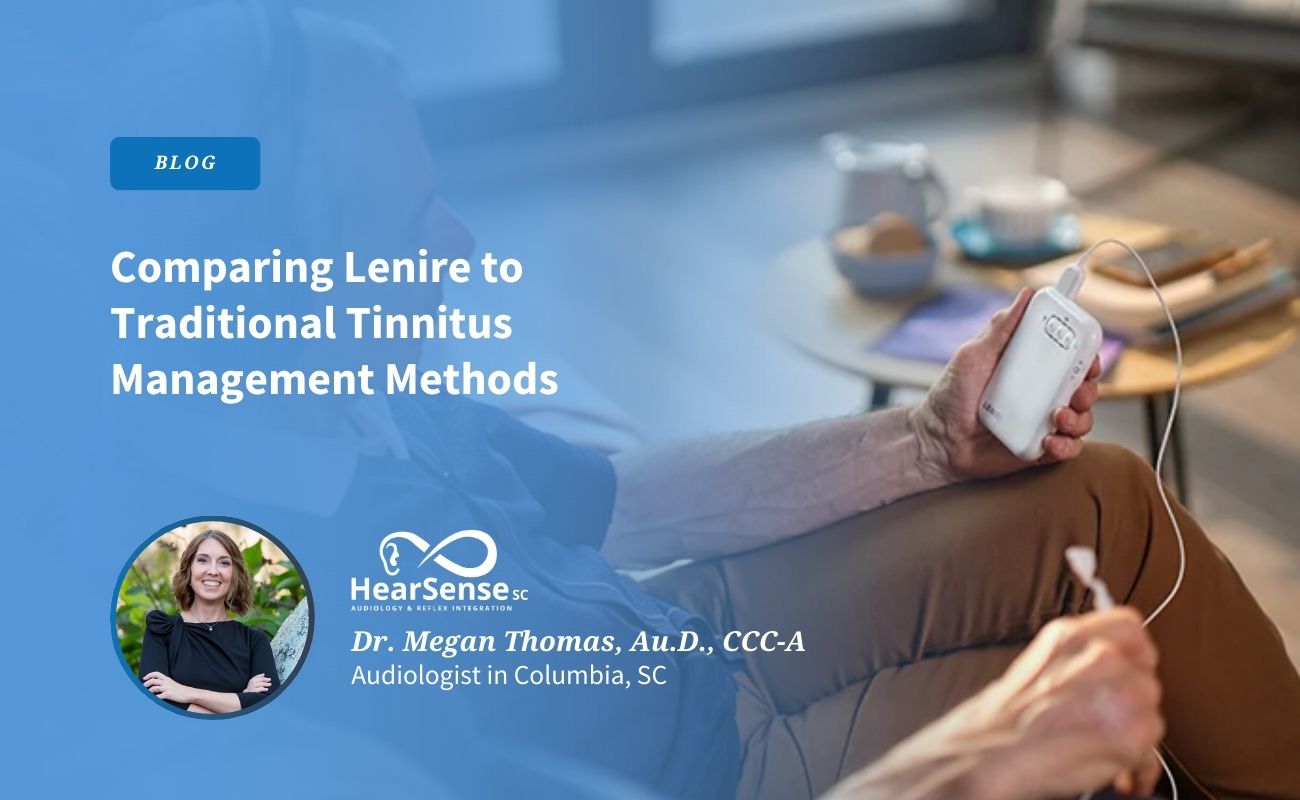The Silent Players: Exploring How Primary Reflexes Impact Auditory Processing

Introduction:
When we think about auditory processing, we often focus on the intricate pathways within the auditory system. However, an often-overlooked aspect of auditory perception is the influence of primary reflexes – primitive movements that originate in the nervous system. In this blog post, we will delve into the fascinating interplay between primary reflexes and auditory processing, shedding light on how these silent players shape our auditory experiences.
Understanding Primary Reflexes:
Primary reflexes are involuntary movements that occur in response to specific stimuli and are crucial during early development. While they typically mature to higher-level motor control develops, there are instances where these reflexes persist and impact various aspects of sensory processing, including auditory function.
Moro and Fear Paralysis Reflex and Sound Sensitivity:
The Moro reflex, often associated with the startle response, involves a sudden extension of the limbs in response to a vestibular input.This reflex if not integrated prior to 6 months may become mixed with Fear Paralysis reflex.
Fear Paralysis is a fight, flight, or freeze reflex resulting in a core withdrawal in response to tactile, auditory, or visual stimuli. When Moro and Fear Paralysis become mixed an individual may show a Moro response pattern to auditory stimulation. They may also have an over exaggerated Fear Paralysis responses to auditory stimulation which may contribute to hypersensitivity or over reaction to sounds in their environment. This hypersensitivity can affect daily activities, making environments with background noise challenging to navigate.
Asymmetrical Tonic Neck Reflex (ATNR) and Auditory Localization:
ATNR is a reflex where the head turns to one side, causing extension of the limbs on that side and flexion on the opposite side. When this reflex persists, it may interfere with the ability to localize sounds accurately. Children and adults with retained ATNR may struggle to identify the direction of sounds, impacting their spatial awareness in auditory environments. Pathologic ATNR responses may also result in hypersensitivity to sounds.
ATNR reflex is a complex reflex that is supported by several other reflexes including Spinal Galant, Spinal Perez, Trunk Extension, Babkin Palmomental, Sucking, Leg Cross Flexion/Extension, and Bauer Crawling.
Palmar and Plantar Reflexes and Auditory Integration:
Reflexes involving the hands and feet, such as the palmar and plantar reflexes, play a role in fine motor control. When these reflexes persist, they may affect the integration of auditory information with motor skills, potentially impacting activities like playing musical instruments or engaging in rhythmic activities.
Clinical Implications:
Understanding the connection between primary reflexes and auditory processing has implications for clinical practice. Therapists and healthcare professionals working with individuals experiencing auditory challenges may need to consider the role of unintegrated reflexes in developing targeted interventions. Integrating reflex patterning/re-patterning exercises into therapy programs could address underlying motor patterns that contribute to auditory processing difficulties at a sub-cortical level.
Conclusion:
As we uncover the intricate web of connections within the human nervous system, the impact of primary reflexes on auditory processing becomes increasingly apparent. These reflexes, once crucial for survival, continue to shape our sensory experiences. Recognizing their influence allows us to develop more comprehensive approaches to address auditory challenges, offering individuals a chance to navigate the world of sound with greater ease.
Related Articles
Read more articles
We have more information about APD, Audiology, hearing aids, hearing loss and more.

Buffalo Model APD Therapy: Professional Treatment via Telehealth

Comparing Lenire to Traditional Tinnitus Management Methods


